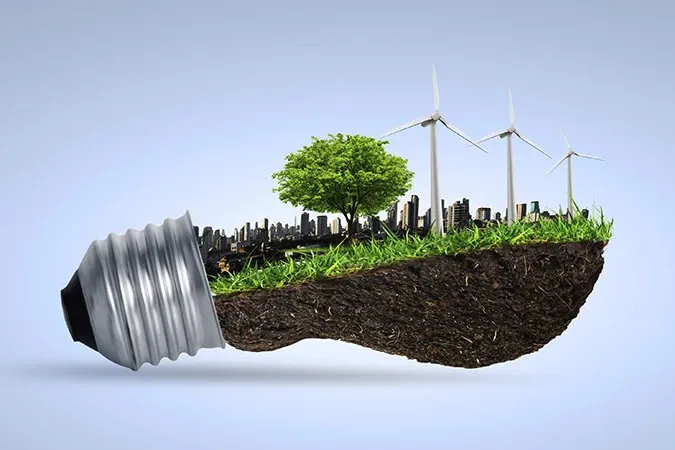Retail Giants to Accelerate Adoption of Smart POS
Juniper Research forecasts that the value of global POS (Point-of-Sale) terminal transactions will reach $17 trillion by the end of 2024, and grow by 25% by 2028.

Climate tech funding in 2022 represented more than a quarter of every venture dollar invested in 2022, in the upper half of the 20-30% range observed since the start of 2018, according to PwC. Investment in climate tech has been in the US$15-20 billion range per quarter, in line with the first half of 2021. This represents aggregate funds raised for climate tech since the start of 2018 of US$260 billion, over which more than US$50 billion has come in 2022.
The report also finds improved targeting of funds on technologies that can do the most to cut emissions. In 2021, start-ups targeting sectors that are responsible for 85% of emissions attracted just 39% of the investment. In 2022, start-ups in those sectors attracted 52% of climate tech investment.
“In the face of its first real test over the past decade, climate tech markets have shown encouraging resilience. With a background of Russia’s invasion of Ukraine, inflation, and a sharp correction in the capital markets, there was all the potential for investor confidence to crumble. The task is to build on the momentum, with more attention on early-stage funding and further boosting technologies with the highest potential for reducing emissions,“ said Will Jackson Moore, Global ESG Leader at PwC UK.
The robustness of climate technology investment as a share of venture capital activity sits alongside three less positive trends. First, the number of and total value of deals under US$5 million, typically at the earliest stages of funding, have been declining since the start of 2021. The downward investment trend in early-stage funding points to a weak pipeline of high-quality start-ups progressing to later funding stages, which may prevent investors from deploying maximum levels of available capital in the coming years, regardless of high levels of dry powder.
Second, while the share of VC spending is robust, an overall decline in venture dollars being deployed is reflected in the climate space - where funding in cash terms in the first three quarters of 2022 is down by 30% over the same period in 2021, as the SPAC-driven peak of $34 billion of deployed capital in Q3 ‘21 looks to have been a cyclical anomaly. Third, while the alignment of investment dollars and impact potential has improved, the market is still not yet efficient at meeting climate objectives.
Wider macro trends from the public and private sectors suggest a positive outlook and increasing demand for climate tech. Although it may take some time for this demand to drive increased investment trends, this impact is already being felt across several sectors and solutions. For example, carbon capture, removal, utilization, and storage are seeing increasing investments.
After modest investment and growth for many years, overall funding in the first three quarters of 2022 has already been near twice that of all of 2021. Although there were comparatively fewer deals in 2022 compared to 2021, these are increasingly later-stage venture deals, and with larger average deal sizes. However, it is worth noting that the market remains small compared to its overall emissions reduction potential, and the forecasts made by scientists on the volume of carbon removal needed to meet the Paris Agreement goals.
“As society grapples with how to halve emissions by 2030, more investment is needed into climate tech - not just at the top level, but with better spread across sectors and solutions, across different start-up sizes, and across different technological maturity levels. This includes transition technologies, such as carbon capture, which are near or already at maturity and ready to scale up now,“ concluded Emma Cox, Global Climate Leader at PwC UK.